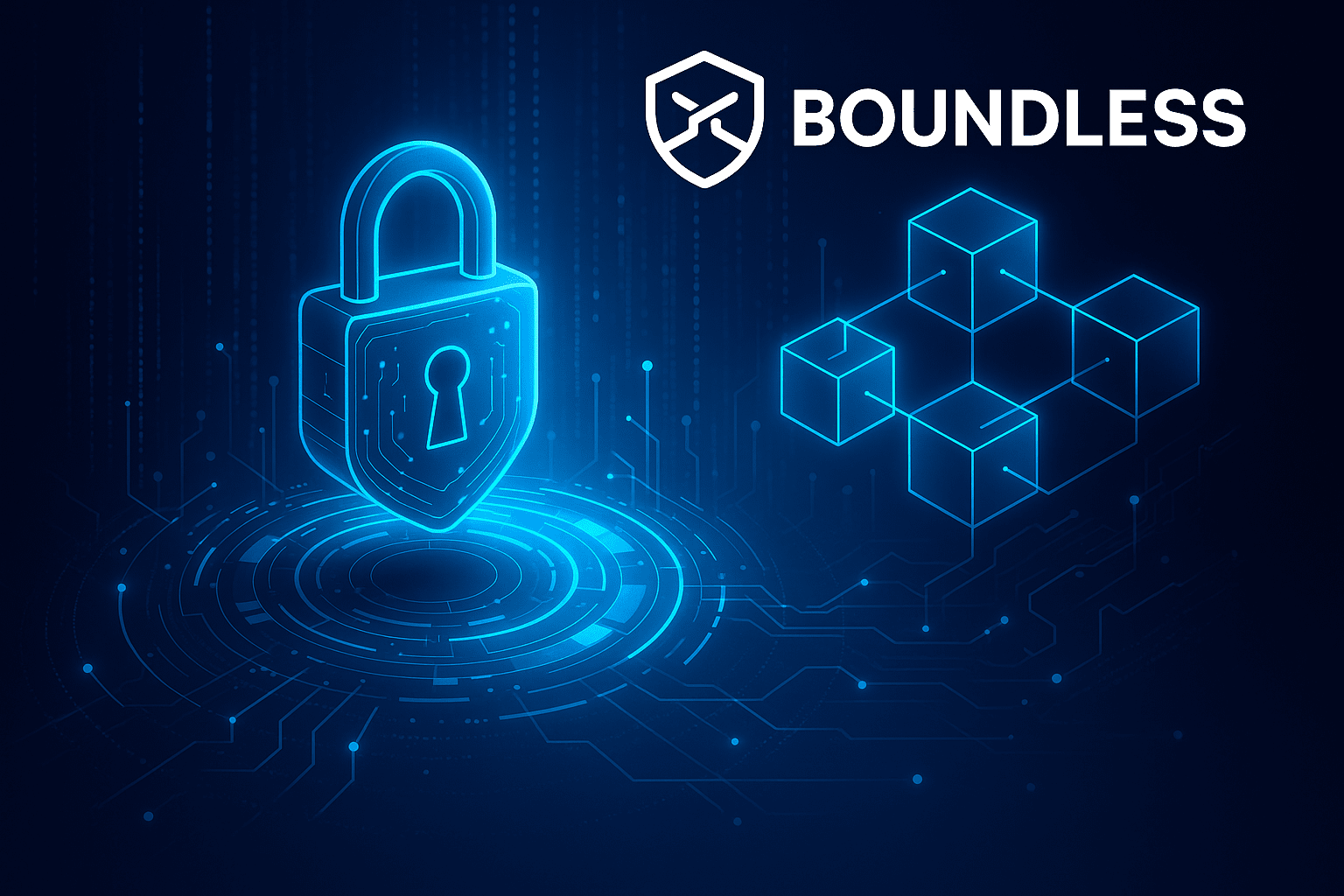When I think about where we are today in digital finance, a persistent contradiction comes to mind: robust networks that do not scale, protocols with promises that do not prove, and users who pay for system errors. In that scenario, Boundless Network ( $ZKC ) seems to me to be the architecture that dares to rewrite those rules, building a bridge between efficiency, security, and functional liquidity.

1. My starting point
I have been operating in DApps, staking, and bridges between chains for years. Over time, what has bothered me the most are not the hacks or gas losses (which also bother me), but the feeling that everything we do today revolves around invisible inefficiencies: delays, hidden costs, verification overloads.
Boundless was one of the first proposals that made me think: “What if these frictions were the problem, not the norm?”
This paradigm shift —understanding that we should not tolerate those errors— is what drives this article: dissecting how Boundless proposes to make DeFi frictionless and how real its promises are against the current ecosystem of Binance, Ethereum, and more.
2. What makes Boundless different?
2.1 Modular architecture and optimized layers
Boundless is not a monolithic chain that pretends to cover everything. Within its modular design, there are dedicated layers for:
Optimized execution layer, where transactions occur at low cost and minimal latency.
Interoperability layer, connecting different ecosystems —including compatibility with Binance Smart Chain, Ethereum, and other EVMs— without fragmenting liquidity.
Adaptive governance layer, allowing updates without disruptive hard forks.
This modular design not only facilitates continuous improvements but also specific adaptations for use cases (DeFi, payments, data, etc.).
For me, this is key: not reinventing the wheel for each project, but making the wheel adapt to the road.
2.2 Hybrid liquidity and institutional restaking
Boundless introduces a hybrid liquidity approach: allowing primary assets (e.g., ETH or native tokens of consumer chains) to be used doubly. Instead of locking value only in passive staking, your capital can serve as functional collateral in DeFi.
This creates a capital multiplier effect, ideal for attracting institutional users looking for yield with security.
2.3 Shared security and cross-verification
A classic risk in many systems is state fragmentation, where an error in a bridge ruins everything. Boundless proposes cross-verification between native chains, so that an isolated error does not derail the global system.
That type of “border” security is what I believe will distinguish the protocols that survive in the next DeFi generation.
3. Comparison and projection (with data)
To understand the weight of Boundless, it is worth comparing quantitative elements. These projections are not absolute guarantees but plausible scenarios based on its architecture:
Metric Average DeFi network Expected Boundless target (1 year) Expected Boundless target (3 years)
TVL (Total Value Locked) $8–15 billion across many chains $2–4 billion in interoperable ZKC $15–30 billion globally connected
Average commissions per transaction 10–30 USD (congested chains) 0.5–2 USD optimized <0.5 USD during high efficiency moments
Average latency 5 to 10 seconds 1–3 seconds 0.5–1 second
Daily active users thousands to tens of thousands hundreds of thousands in the Boundless ecosystem millions of users connected globally
These figures depend on real adoption, integrations, and institutional profiles. But if Boundless achieves even 30–50% of these goals, it will transition from niche to central DeFi infrastructure.
Additionally, considering the integration with Binance (as a leading exchange), Boundless has a strategic advantage: deep liquidity channels, reliable gateways, and institutional branding.
4. Practical implications for users and developers
4.1 For users/traders:
Moving between networks without multiple vulnerable bridges.
Lower gas costs and more precision in execution: reduced slippage.
Possibility of “capital intensive”: that your capital is not idle but generating active value.
4.2 For developers:
Modular APIs that allow deploying apps without rewriting consensus logic.
Interfaces that incorporate cross-verification logic without the developer having to manage it directly.
Integrated staking and governance incentives from the start.
4.3 For institutions or larger capital:
Hybrid security with multi-chain guarantees.
Scalable liquidity anchored in robust protocols.
Early adoption pool in an interoperable ecosystem: competitive advantage over isolated protocols.

5. Risks I evaluate and how to mitigate them
Slow adoption: A good design is useless if it does not attract real users. For that, integrations with exchanges like Binance and alliances with mature DeFi projects will be critical.
Bridges and cross-chain vulnerabilities: If shared verification fails, damage can propagate. Constant audits and partial rollback mechanisms are vital.
Misaligned incentives: If rewards favor large actors, decentralization may erode. Boundless must carefully adjust its tokenomics.
Technological competition: Protocols like zk-rollups, Optimistic rollups, and new ecosystems can become obsolete quickly. The adaptability of the modular design will be key.
6. Philosophical-strategic reflection
I like to think that chains do not live in isolation: they need to breathe, communicate, collaborate. Boundless not only proposes this as a technical function but as a philosophy of the decentralized ecosystem.
When one network can listen to another, and a user can move between them without friction, we are closer to the ideal imagined by Vitalik: an interoperable, open value internet without invisible walls.
In practice, Boundless accelerates that vision: it not only builds bridges but aligns incentives, reduces frictions, and paves the way for capitals that previously saw chains as islands.
If I can see an ecosystem where your cousin who doesn’t know how to program can use DApps on multiple chains without realizing the complexities… that Ecosystem will have reached its purpose. I believe Boundless can be that lever.
Like, quote, and share to expand this vision.
I am NómadaCripto, exploring the future of money and digital consciousness.
